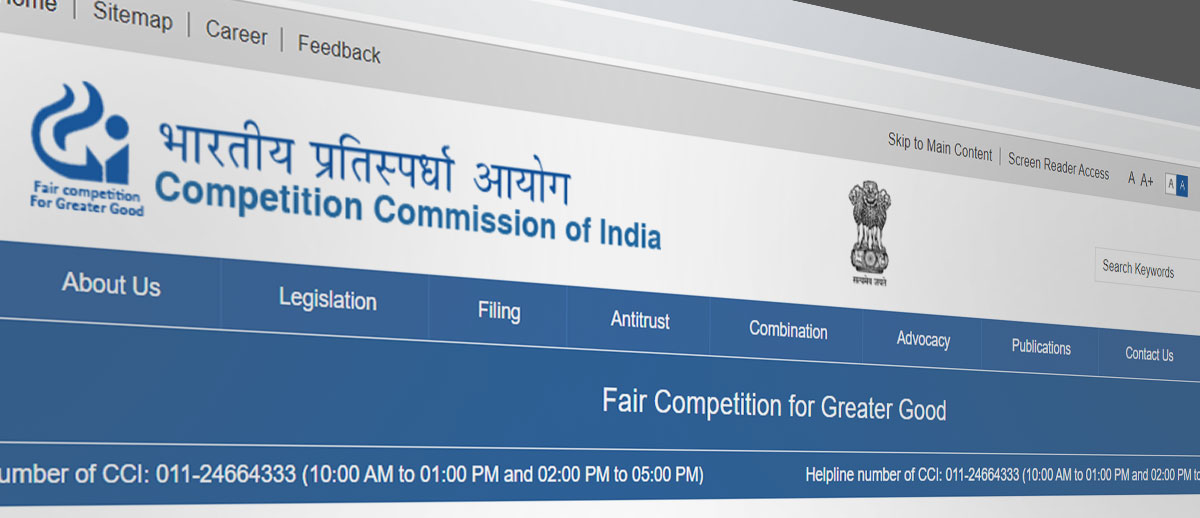
In a bid to facilitate mergers and acquisitions (“Combination“) in the country, the Competition Commission of India (“CCI“) has taken inspiration from the customs department and established a ‘green channel’. No, it won’t save you paper, but it is designed to save you precious hours.
Every Combination above a certain threshold, seeking to be sanctioned has to necessarily pass the CCI scanner in order to be approved[i]. Therefore, it is but logical to have in place a system that exacerbates this process and the newly introduced green channel aims to do exactly that. The CCI characterizes the ‘green channel’ as an automatic system of approval for Combinations wherein the Combination is deemed to be approved upon filing the notice in the format prescribed[ii].
The green channel route was first proposed in the Report of the Competition Law Review Committee wherein the committee recommended a route for automatic approval of CCI for specific Combinations where there was no appreciable adverse effect on competition[iii]. The green channel mechanism was given effect by the insertion of a new Regulation 5A to the CCI (Procedure in regard to the transaction of business relating to combinations) Regulations, 2011 (“Combination Regulations“) vide an amendment dated 13 August 2019 (“Amendment“)[iv]. Regulation 5A states that parties to certain categories of Combination can opt to give notice in the format prescribed by which way, the proposed Combination shall be deemed approved. Schedule III of the Amendment instructs the parties looking to utilise the green channel, to first consider all plausible alternative market definitions, and then lays down the criteria for ‘eligibility’, which have been reproduced herein under:
“…the parties to the combination, their respective group entities and/or any entity in which they, directly or indirectly, hold shares and/or control:
- do not produce/provide similar or identical or substitutable product(s) or service(s);
- are not engaged in any activity relating to production, supply, distribution, storage, sale and service or trade in product(s) or provision of service(s) which are at different stage or level of production chain; and
- are not engaged in any activity relating to production, supply, distribution, storage, sale and service or trade in product(s) or provision of service(s) which are complementary to each other[v].”
The above classification makes it clear that a crucial element of the success of the green channel is an accurate self-assessment carried out by the parties. Furthermore, it clarifies that where the transaction concerns companies with either horizontal, vertical or complementary overlap, such Combination would not be able to avail the benefits of the ‘green channel’. Concurrently, via the Amendment, the CCI has also revised Form I i.e. the prescribed format in which the notifying part(ies) have to fill information and submit the same to the CCI. Understandably, the disclosure requirements have been made more stringent, for instance, the market related information has to be provided for a 3 (three) year time period now instead of 1 (one) year.
However, Regulation 5A also stipulates that in the event CCI finds that the Combination falls outside the contours of Schedule III, the approval so granted shall be void ab initio and the Combination shall be dealt with under the extant provisions of the Competition Act, 2002 (“Act“).
While the move is laudable and seeks to achieve a careful balance between efficacy of the process and regulatory control, there are certain stumbling blocks that have been identified which must be addressed so as to enable the green channel to carry out its designated function.
A major obstacle is the lack of a clear definition of ‘complementary overlap’ introduced in Schedule III. This becomes even more critical in light of the fact that parties are to consider ‘all plausible market definitions’ of complementary overlap while assessing their chances under the green channel route. This may become a potentially onerous task as companies shall be required to consider such overlap from the perspective of their own operations, group entities’ operations, direct or indirect shareholding, and direct or indirect hold of the parties[vi]. Consequently, the green channel might only remain a suitable mechanism for a small set of companies. In particular, it might render private equity funds ineligible to apply under the green route even where they hold minority shareholding since even a slight overlap would oust them from the ambit of the green channel.
Another major issue emanating primarily from the ambiguity of the terms is the potential penalty in case of “gun-jumping” under the Act. It has already been mentioned above that any Combination approved via the green channel shall be void ab initio if later found to be ineligible under the same, which might imply several false starts. In the event that such transaction has been consummated, then such parties stand the additional risk of falling afoul of Section 43A of the Act which levies heavy penalties in case of non-furnishing of information. A concoction of substantial penalty and uncertainty with respect to the terms may cause companies to be cautious in approaching the green channel route, preferring instead to proceed on the normal route.
In a boost to the green channel route, the CCI on 07 October 2019 approved its first Combination under the green channel to acquisition by Sachin Bansal owned BAC Acquisitions Private Limited (BACQ) of Essel Mutual Fund. Therefore, while the above apprehensions remain, it is pertinent to remember that the route is still in its nascent stage and that as more companies line up to avail of this route, there will be greater clarity regarding the manner in which the green channel provisions are being interpreted by the CCI.
















